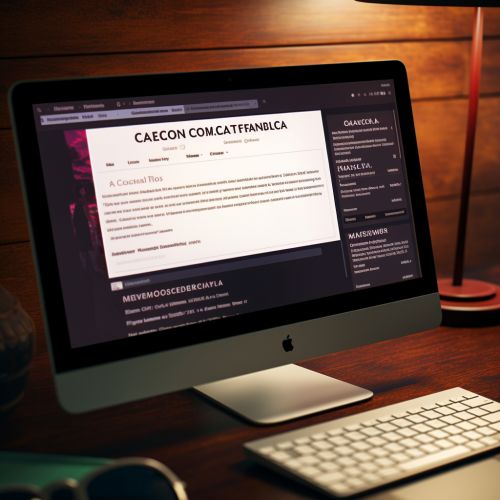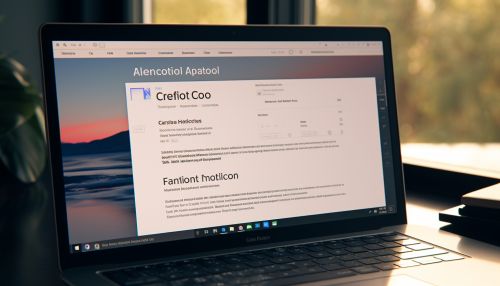Cite web
Introduction
"Cite web" is a term used in the context of citation styles and referencing in academic and professional writing, particularly in the digital age. It refers to the method of citing or referencing web-based sources in a piece of work. This method is increasingly important due to the rise of digital media and the internet as a source of information. The use of "cite web" is common in various citation styles, including APA, MLA, and Chicago, among others.


Importance of Citing Web Sources
Citing web sources is crucial in academic and professional writing for several reasons. Firstly, it provides credit to the original authors or creators of the information, acknowledging their intellectual property rights. Secondly, it allows readers to trace the source of the information, enhancing the credibility and verifiability of the work. Lastly, it helps avoid plagiarism, a serious ethical violation in academic and professional contexts.
Citation Styles
Different citation styles have different rules for citing web sources. These styles are typically defined by professional organizations or publishers and are used across various disciplines.
APA Style
APA style is commonly used in the social sciences. To cite a web source in APA style, the following elements are needed: author(s), date of publication, title of the work, and URL. For example, a web citation in APA style might look like this:
Smith, J. (2020). Title of the webpage. Retrieved from http://www.example.com
MLA Style
MLA style is often used in the humanities. In MLA style, a web citation requires the author(s), title of the work, title of the website, publisher or sponsor of the site, date of publication, and URL. An example of a web citation in MLA style is:
Smith, John. "Title of the Webpage." Website Title, Publisher or Sponsor, 2020, www.example.com.
Chicago Style
Chicago style is widely used in various disciplines. In Chicago style, a web citation includes the author(s), title of the work, title or owner of the site, date of publication or access, and URL. A web citation in Chicago style might look like:
Smith, John. "Title of the Webpage." Website Title. 2020. www.example.com.
Guidelines for Citing Web Sources
While the specific format for citing web sources varies depending on the citation style, there are some general guidelines that apply across styles.
1. Include as much information as possible: The goal of a citation is to allow readers to locate the original source. Therefore, provide as much information as possible, including author(s), date of publication, title of the work, and URL.
2. Use the correct format: Ensure that the citation adheres to the format specified by the relevant citation style. This includes the order of elements, punctuation, and capitalization.
3. Update citations: Web content can change or be removed, so it's important to update citations as needed. If the URL changes or the content is removed, the citation should be updated to reflect this.
4. Cite the specific page: If citing a specific page within a larger website, cite the specific page rather than the home page.
Challenges in Citing Web Sources
Citing web sources presents several challenges. Web content can be dynamic, changing frequently or being removed entirely. This can make it difficult to locate the original source from a citation. Additionally, not all web content provides all the information needed for a citation, such as the author or date of publication. In such cases, writers must use their judgment to provide as much information as possible.
